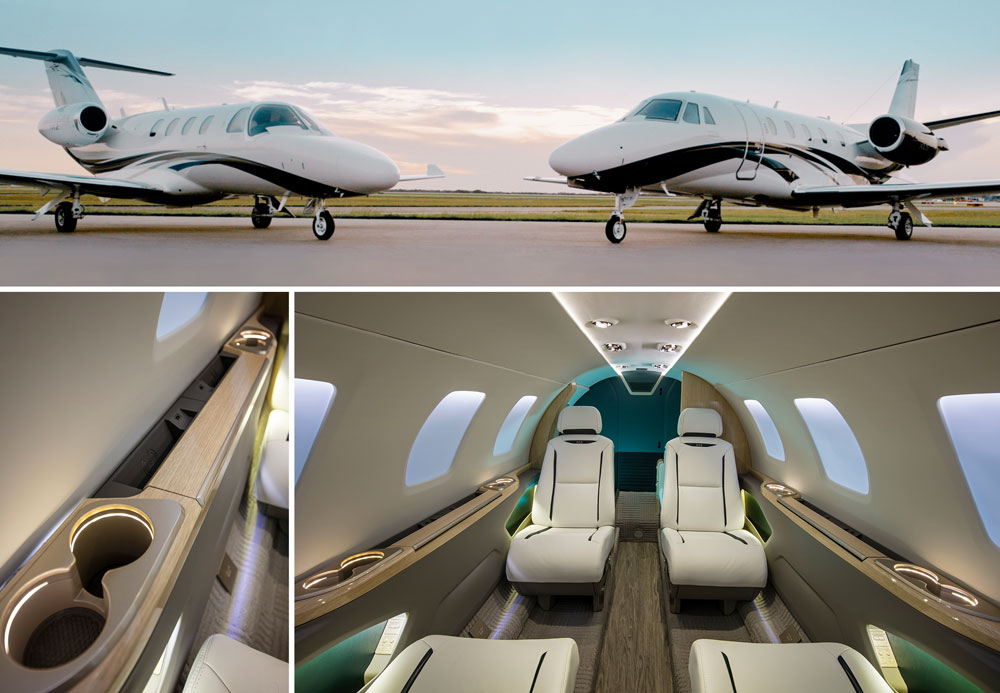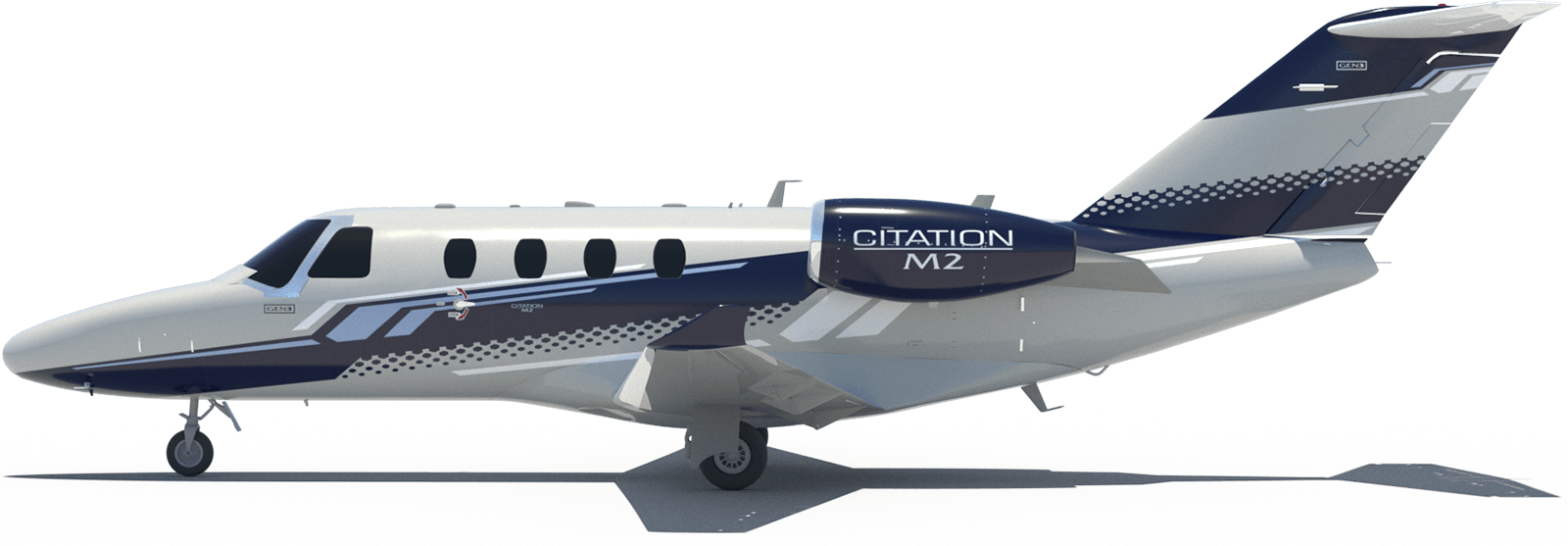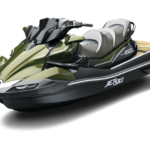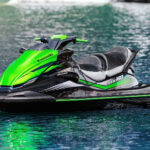Harley Jets vs. Aftermarket Jets
When considering the performance of Harley Jets vs. Aftermarket Jets several elements come into play, inclusive of exceptional, compatibility, and tuning flexibility. Below is a detailed contrast based totally on the available records.
1. Quality and Manufacturing
Harley Jets: Generally, Harley OEM jets are precision-made and cling to unique system specifications. They are designed mainly for Harley’s CV carburetors, ensuring the right healthy and reliable performance. For example, CV Performance (CVP) jets are mentioned for their high great, exceeding that of each OEM and imported jet.
Aftermarket Jets: Aftermarket alternatives can range substantially in pleasant. Brands like Biker’s Choice and Cycle Pro are available but may not suit the precision of OEM parts.
Some customers explicitly worry about the reliability of O.E.M. jets, especially about lengthy periods of overall performance, and compatibility with precise models.
2. Performance Tuning
Harley Jets: Tuning with Harley jets often follows a methodical technique where the pilot jet is changed first, followed by means of the primary jet once different settings are optimized.
. This systematic tuning system can result in higher normal performance if completed successfully.
Aftermarket Jets: Aftermarket jets offer greater flexibility for tuning; however, they will require additional changes or adjustments to attain optimum overall performance. Users regularly endorse buying more than one size to experiment with distinct setups for first-rate results.
3. Compatibility Issues
Harley Jets: These jets are designed to in-shape inventory jet holders and emulsion tubes, which simplifies installation for the ones with the use of original equipment.
However, they will now not be well suited to aftermarket carburetor setups without modifications.
Aftermarket Jets: Compatibility may be difficult with aftermarket jets, mainly if they are not designed to match stock additives. Users have a pronounced desire to alter or replace holders to deal with those jets successfully.
4. User Experience and Recommendations
Harley Jets: Many users take pride in the performance of Harley OEM jets, mainly in terms of reliability and simplicity of tuning. The consensus is they provide a solid foundation for maintaining engine overall performance under diverse conditions.
Aftermarket Jets: While some riders admire the fee-effectiveness of O.E.M. options, reviews can be blended. Some users have successfully tuned their bikes with aftermarket jets however emphasize the want for careful choice and tuning to avoid troubles like walking too lean or rich.
Introduction
When it involves overall performance tuning in Harley bikes, the selection among Harley jets and aftermarket jets is vital. This evaluation will explore the basics of jetting, the variations between inventory Harley jets and aftermarket alternatives, and how these components affect engine performance.
1. What Are Harley Jets and Aftermarket Jets?
Jetting in Motorcycles: Jetting refers to the procedure of fixing the gas-air aggregate introduced to the engine through the carburetor. The jets manage how plenty of gas enters the combustion chamber, influencing engine performance, throttle reaction, and normal performance.
Differences Between Stock Harley Jets and Aftermarket Alternatives
Stock Harley Jets: These are manufactured to satisfy unique OEM (Original Equipment Manufacturer) requirements, making sure compatibility with Harley’s carburetors. They are precision-engineered for the most reliable performance in stock setups.
Aftermarket Jets: These jets come from numerous manufacturers and can offer a wider range of sizes and tuning alternatives. However, nice may additionally vary notably, with some aftermarket jets not matching the precision of OEM components.
How Jets Affect Fuel-Air Mixture and Engine Performance: The size of the jet without delay influences the gasoline-air mixture. A large jet lets in extra gas into the combustion chamber, which could decorate power however may additionally cause a wealthy combination if no longer balanced well. Conversely, a smaller jet can lean out the aggregate, potentially causing overall performance troubles like hesitation or stalling.
2. Performance Benefits of Harley Jets
Tuning Capabilities for Different Riding Conditions: Harley jets allow for first-class tuning based totally on using conditions. For instance, changing from stock to a bigger predominant jet can enhance performance when adjustments like excessive-waft air filters or exhaust structures are established. This adaptability is essential for riders who often alternate their setups or driving environments.
Compatibility with Stock Setups: Harley OEM jets are designed to suit seamlessly with stock carburetor setups, making installation sincere for those who favor keeping unique specifications. This compatibility guarantees that riders can attain the most fulfilling performance without widespread changes.
Pros and Cons of Staying with Original Equipment (OEM) Jets
When considering whether to stay with unique device (OEM) jets in your Harley motorcycle, it is important to weigh the benefits and drawbacks. Below is an in-depth breakdown of the professionals and cons of the usage of OEM jets.
Pros of Staying with OEM Jets
Reliability
Durability: OEM jets are manufactured to meet strict fine standards, making sure they can resist the pains of motorcycle operation. They are examined for performance, which translates to fewer failures and an extra reliable trip.
Performance Consistency: Since these jets are designed in particular for Harley bikes, they offer regular performance across diverse riding conditions.
Ease of Installation
Direct Fitment: OEM jets are designed to healthy seamlessly into stock carburetors without the want for changes. This makes installation trustworthy, even for people with simple mechanical talents.
Less Time-Consuming: The direct compatibility reduces the time spent on setup and tuning, permitting riders to get lower back on the road fast.
Consistent Performance
Factory Specifications: Using OEM jets allows maintain the manufacturing unit settings of your motorbike, ensuring optimal overall performance as intended by the manufacturer. This is especially useful for riders who prefer a dependable and predictable using revel in.
Engine Longevity: By preserving manufacturing facility specifications, OEM jets can make a contribution to higher engine fitness over time, reducing put-on and tear.
Cons of Staying with OEM Jets
Limited Tuning Options
Less Flexibility: OEM jets might not offer the same level of tuning flexibility as aftermarket alternatives. Riders looking to customize their gasoline-air mixture for specific performance improvements may locate OEM options restrictive.
Standard Performance: While reliable, OEM jets won’t maximize performance for changed engines or precise using styles that require unique tuning adjustments.
Potentially Higher Cost
Price Point: OEM components can regularly be extra pricey than a few aftermarket options. For price range-aware riders, this distinction in fee can be a big attention.
Limited Availability: Depending on the version and year of your Harley, finding unique OEM jets is probably difficult, doubtlessly leading to better costs because of scarcity.
Staying with authentic device (OEM) jets offers reliability, ease of setup, and regular overall performance that many riders admire. However, the limited tuning options and doubtlessly better costs may lead a few enthusiasts to explore aftermarket alternatives. Ultimately, the selection ought to align together with your riding fashion, performance desires, and budget concerns.
Three. Advantages of Aftermarket Jets
Aftermarket jets offer several blessings for bike fans trying to optimize their Harley’s overall performance.
Enhanced Performance Options
Increased Power: Aftermarket jets are frequently designed to provide better performance than OEM alternatives. They can permit extra gas to go with the flow, which can beautify power, mainly in changed engines.
Variety of Sizes: Many aftermarket brands offer a much broader range of jet sizes, allowing riders to pleasant-song their carburetors extra exactly in step with precise modifications and driving situations.
Customization for Specific Riding Needs
Tailored Solutions: Riders can pick out jets that cater to their particular setups, consisting of unique exhaust structures or air filters. This customization is essential for accomplishing optimal overall performance tailored to individual riding styles.
Adjustable Tuning: Aftermarket jet kits often come with more than one jet size and tuning additives, making an allowance for modifications based on altitude, temperature, and other environmental elements.
Comparing Different Aftermarket Brands
Quality Variability: Brands like DynoJet, CV Performance, and others offer numerous nice degrees. Some may offer advanced performance upgrades as compared to others, so it’s essential to investigate and compare.
User Feedback: Community boards and critiques can assist become aware of which manufacturers perform nice under unique situations, guiding riders toward powerful selections.
4. Side-via-Side Comparison: Harley vs. Aftermarket Jets
When determining between Harley OEM jets and aftermarket alternatives, a side-by means of aspect evaluation can remove darkness from key variations.
Feature
Harley OEM Jets
Aftermarket Jets
Fuel Efficiency
Generally optimized for stock setups

Can improve efficiency with tuning
Power Output
Consistent however constrained to stock performance
Potentially higher with proper tuning
Price
Typically higher price
Often greater lower priced alternatives available
Durability
High reliability
Varies with the aid of emblem; some may be much less durable
Real-World Performance Tests
Proven reliability in stock setups
Performance varies; trying out required
Fuel Efficiency and Power Output Differences
Aftermarket jets can enhance both fuel efficiency and power output while tuned successfully, at the same time as OEM jets maintain factory specifications that won’t maximize performance in changed setups.
Price and Durability Considerations
OEM jets tend to be more costly but offer assured great. In evaluation, aftermarket jets can be inexpensive however include varying ranges of durability depending on the emblem.
Real-World Performance Tests
Riders regularly document combined outcomes with aftermarket jets, emphasizing the importance of checking out exceptional setups to find the most effective configuration for his or her particular motorbike.
Five. Tips for Choosing the Right Jets for Your Harley
Selecting the right jets involves several considerations:
Factors to Consider Based on Riding Style
Type of Riding: Whether you journey casually or aggressively can have an effect on your jet choice. Performance-oriented riders might also benefit from larger aftermarket jets.
Modifications: If your bike has been modified (e.g., new exhaust or air filter), recollect how these changes have an effect on fuel-air mixture necessities.
Consulting with Mechanics for Advice
Expert Insights: Mechanics familiar together with your motorcycle version can provide treasured recommendations based on revel in and know-how of powerful jetting strategies.
Custom Tuning Services: Some shops provide custom jetting offerings that do not forget your riding style and changes.
Importance of Tuning and Testing After Installation
Initial Testing: After installing new jets, behavior thorough testing to ensure the most desirable performance. Monitor engine behavior and alter as vital.
Fine-Tuning Adjustments: Be prepared to make incremental changes based on real-world overall performance feedback, including plug readings or throttle response.
Key Features of Harley Jets vs. Aftermarket Jets
| Feature | Harley Jets | Aftermarket Jets |
|---|---|---|
| Material | High-quality OEM materials | Varies; often brass or aluminum |
| Performance | Engine-specific tuning | Customizable for various engines |
| Installation | Designed for easy OEM fit | May require modifications |
| Cost | Generally higher | Usually lower |
| Warranty | Limited manufacturer warranty | Varies by manufacturer |
Performance Specifications
| Specification | Harley Jets | Aftermarket Jets |
|---|---|---|
| Jet Sizes Available | Limited to specific models | Wide range (e.g., 100-145) |
| Adjustability | Fixed settings | Adjustable for tuning |
| Fuel Efficiency | Optimized for specific engines | Varies; may improve with tuning |
| Durability | High durability | Varies; quality dependent |
Popular Models and Pricing
| Model | Type | Price Range | Notable Features |
|---|---|---|---|
| Harley Davidson Jet Kit | OEM | $150 – $300 | Engine-specific performance tuning |
| YAMAKATO Carburetor Jet Kit | Aftermarket | $9.99 – $30 | Includes multiple jet sizes |
| Mikuni Jet Kit | Aftermarket | $20 – $50 | Compatible with various engines |
Conclusion
In summary, deciding between Harley OEM jets and aftermarket alternatives depends on rider preferences and desires. For the ones prioritizing reliability and simplicity of installation, OEM jets are a solid desire. However, riders searching for stronger overall performance and customization may additionally discover aftermarket jets extra appropriate. Ultimately, information on your motorbike’s requirements and consulting with professionals can lead to a high-quality choice for optimizing overall performance.
FAQs on Harley Jets vs. Aftermarket Jets
1. What are the principle differences between Harley jets and aftermarket jets?
Harley jets are Original Equipment Manufacturer (OEM) components designed specially for Harley carburetors, ensuring a unique match and dependable overall performance. Aftermarket jets, then again, come from diverse manufacturers and may offer a wider range of sizes and tuning options, but their quality can vary notably.
2. Why ought I keep in mind the usage of aftermarket jets?
Aftermarket jets often offer more desirable overall performance alternatives, allowing for personalization primarily based on precise riding desires. They also can be extra low-priced than OEM jets and can include plenty of sizes for better tuning flexibility.
3. Are there any dangers related to the use of aftermarket jets?
Yes, there can be dangers together with compatibility issues with your bike’s carburetor and ranging exceptional among distinct brands. It’s essential to make certain that the aftermarket jets you pick are appropriate to your precise model to avoid overall performance troubles.
4. How do I recognize which jet size to choose?
Choosing the right jet size relies upon numerous factors, together with adjustments made to your motorcycle (like exhaust or air filters), using conditions (altitude and temperature), and whether your engine is going for walks too lean or too wealthy. Consulting your bike’s manual and in all likelihood, the usage of a jet calculator can assist decide the best length.
5. What are the pros and cons of sticking with OEM jets?
Pros:
Reliability: OEM jets are tested for sturdiness.
Ease of Installation: Designed for direct fitment into inventory carburetors.
Consistent Performance: Ideal for maintaining factory specs.
Cons:
Limited Tuning Options: This may not offer a great deal of flexibility for custom setups.
Potentially Higher Cost: OEM elements may be more costly than a few aftermarket options.
6. Can I blend OEM and aftermarket jets?
Mixing OEM and aftermarket jets is commonly no longer advocated due to capacity compatibility issues. If you choose to use aftermarket jets, it’s nice to make certain that each component is compatible with the others, mainly the jet holders and emulsion tubes.
7. How important is tuning after putting in new jets?
Tuning is crucial after putting in new jets to ensure foremost performance. Adjustments can be necessary based totally on how the motorcycle runs put up-installation, which includes checking the spark plug colors to decide if the fuel-air mixture is correct.
Eight. Should I seek advice from a mechanic before changing my jets?
Consulting a mechanic can offer treasured insights and recommendations tailor-made to your unique bike setup and riding style. They also can assist with setup and tuning to obtain the first-class overall performance.
9. What do need to I do if my motorbike runs poorly after converting jets?
If your bike runs poorly after converting jets, test the spark plugs for symptoms of jogging too lean or too wealthy, adjust the jet sizes if necessary, and recall revisiting your tuning settings. It may additionally be useful to seek advice from a mechanic for further diagnostics.
10. Are there any precise brands of O.E.M. jets that might be recommended?
Brands like DynoJet and CV Performance are often encouraged for their pleasant and performance enhancements. However, it is critical to analyze consumer critiques and community remarks unique to your motorbike model before creating a purchase.
Read More
Visit Dotarle for More Info.



